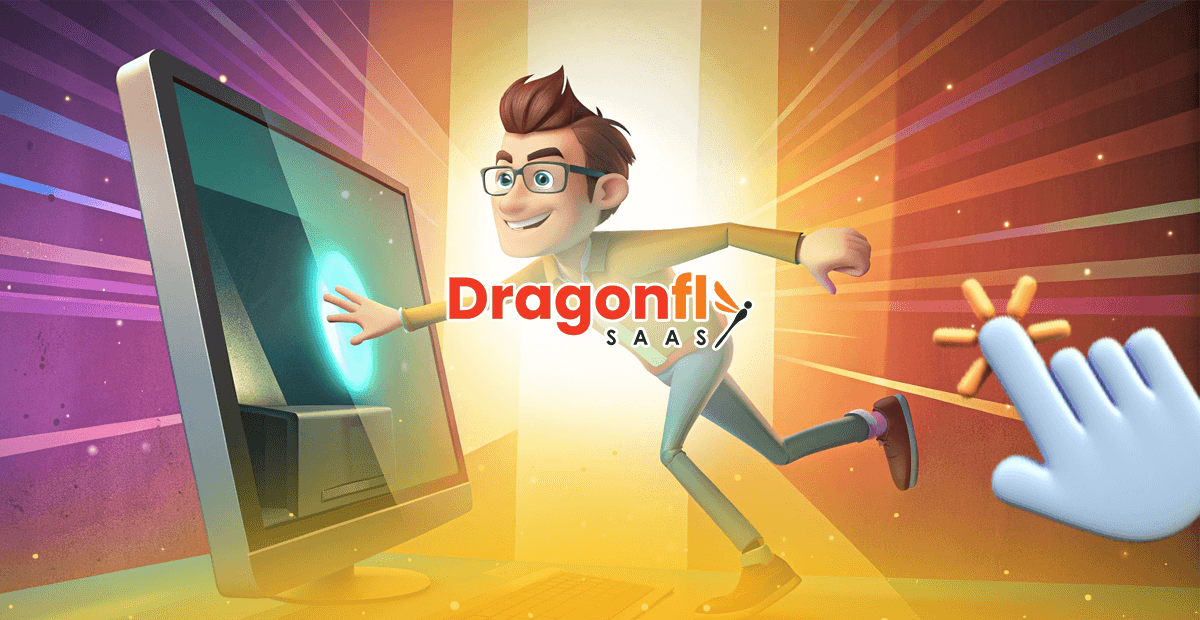BLOG
‹ ArticleWhat makes users click?
August 7, 2024

A question that often sparks debate - What makes users click? Understanding why people click on some part of your website goes far beyond surface-level analysis. Let's delve into the depths of human psychology and a bit of trickery to see what makes the users click. We will cover the strategic use of visual elements to the subtle nuances of cognitive biases, every aspect of web content is designed to trigger specific reactions and behaviors in the visitors.
The Power of Visual Appeal
From being attracted to a partner in life to food or anything in fact, our eyes pick up so much information yet we only realise we have seen a fraction of that image. Capturing attention online is no different and visual appeal plays a crucial role in aligning your site with the users expecation. Design or layout can make or break a website's appeal, factors like awkward layout drives users mad, wrong fonts, and poor images all contribute to the overall user experience. Color Psychology is not to be underestimated either, different colors can evoke specific emotions and influence how users perceive and engage with content.
Understanding Cognitive Biases
Our brains are wired in fascinating ways that can impact how we interpret information. The role of confirmation bias, for example, can lead people to seek out information that confirms their existing beliefs, shaping their interaction with website content. Similarly, the effect of anchoring bias shows how initial information provided can anchor perceptions and decisions, highlighting the importance of strategic content placement.
Emotional Triggers in Content
Emotions play a significant role in driving user engagement with website content. As we mentioned above you need to align with a user and sometimes techniques such as storytelling can create powerful connections with your audience. If you make the content more relatable to the user it becomes more memorable. Additionally, adding a little sprinkle of humour can evoke positive emotions, lifting the mood and fostering a sense of connection that resonanates with your users.
The Role of Curiosity and Engagement
We all know the phrase "Curiosity Killed The Cat", well curiosity is a powerful motivator that we all have, so creating intriguing headlines and teasers can spark curiosity and entice users to explore further. Exploring is an investment of time and if that is rewarded the user then fosters a connection to your site. Adding interactive elements, such as quizzes, polls, or retention games like The Game Silo produce, can also enhance engagement by providing an immersive and participatory experience for users.
Building Trust Through Website Content
When it comes to website content, authenticity is key. People want to connect with real stories and genuine experiences. Be open, honest, and transparent in your messaging to build trust with your audience.
Highlighting Testimonials and Reviews
Nothing speaks louder than satisfied customers. Feature testimonials and reviews prominently on your website to show potential visitors that others have had a positive experience with your brand. This social proof can go a long way in building credibility and trust.
Leveraging Social Proof and Authority
Word of mouth, recommended by friends, endorsement by trusted peers or family is validation of your authority in that sector. Social netowrks allow us to post images and articles given credit to our site and the authority of the brand.
Utilizing Influencer Endorsements
Influencers have the ability to sway opinions and influence purchasing decisions. Partnering with influencers who align with your brand can help you reach a wider audience and build credibility through their endorsement.
Displaying Trust Seals and Accreditations
Trust seals and accreditations from reputable organizations can provide a sense of security for visitors to your website. These badges can help reassure potential customers that your brand meets certain standards and regulations. Adding links to the issuing authority for the badge or seal allows visitors to validate this further removing any scope for mis-trust.
Creating Calls to Action that Drive Clicks
Most of you already have CTA buttons and links, testing them might seem a process that has little value but if we told you one prominent site changed the "Read more" button to say "Continue Reading" and saw a 27% increase in clicks you might change your mind.
Designing Compelling CTAs
Your calls to action (CTAs) should be clear, concise, and compelling. Use action-oriented language that prompts visitors to take the next step, whether it's making a purchase, signing up for a newsletter, or contacting your team.
Utilizing Urgency and Scarcity Techniques
Creating a sense of urgency or scarcity can drive clicks by motivating visitors to act quickly. Limited-time offers, countdown timers, and low-stock alerts can create a fear of missing out that encourages immediate action. Just remember, urgency should be genuine and not used manipulatively.
It is clear that the psychology behind why people click on some part of your website content is a mixture of the above. By harnessing the power of visual appeal, understanding cognitive biases, and tapping into emotional triggers we can create content that not only grabs attention but also builds meaningful connections with your audience. Implementing the insights we shared in this article, we trust your organisation can enhance your online presence, drive engagement, and ultimately inspire action from their website visitors.

